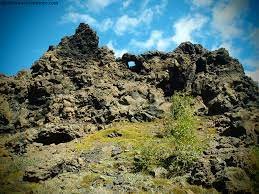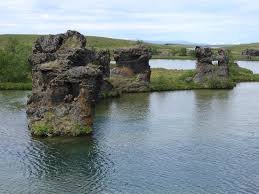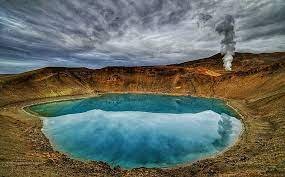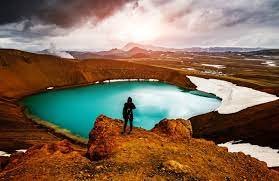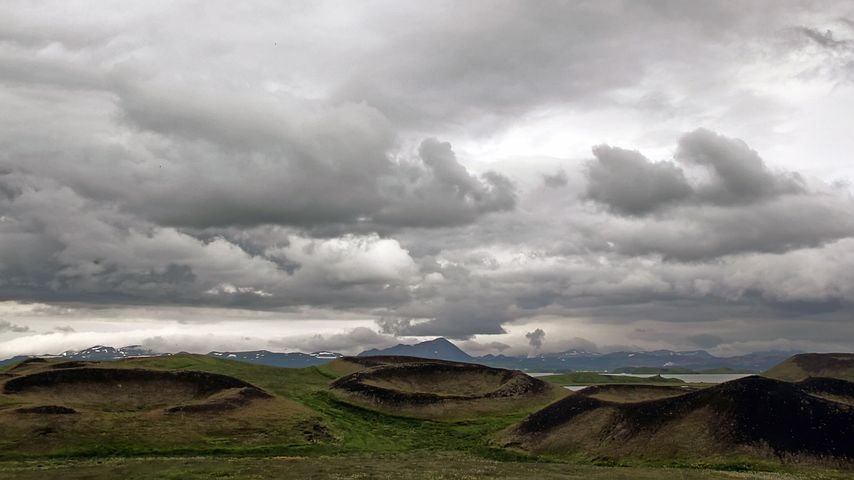
Day 10 - Lake Myvatn Region
Hofdi
Hofdi is a peninsula on the eastern shore of Lake Mývatn.
One of the things that makes Hofdi park so special is the rarity of trees in Iceland. Apparently, Hofdi is the result of a couple spending their summer vacations there for decades planting trees and plants. When the husband passed away, the wife donated the park.
A circular path leads to so many picturesque spots including the magnificent lava pillars of Kálfastrandavogar that can be found rising out of the still waters of Lake Myvatn. The park offers beautiful views of the water and peaceful walking trails through the forested area and alongside the waters edge.
Dimmuborgir, or The Black Fortress, was formed in an eruption that occurred in the area 2,300 years ago; the Lake Mývatn area is highly volcanic, as can be further seen in nearby locations such as the geothermal Námaskarð Pass, the hot spring cave Grjótagjá, and the dramatic Krafla fissure.
As lava flowed across the area, it passed over a lake, causing it to boil. This both quickened the cooling of the lava and caused pillars of steam to shatter parts of it. After it solidified, the Dimmuborgir area became defined by large stacks of rock and many caves and caverns, caused by bubbles of intense steam.
As such, many have compared Dimmuborgir to a medieval castle, with its many hidden chambers and its rising towers.
Dimmurborgir
Viti Crater
Viti is a large crater, located near lake Myvatn in Northern Iceland. It is filled with bright blue water that changes into a different shade of blue at every perspective. Viti is surrounded by lava fields and a very colorful geothermal area, reminding you how incredible Iceland's landscape is.
The trailhead starts at the parking lot, and can't be missed. You have the option of going either way - it is a rim hike. The hike around the crater can be done in about an hour.
Víti was formed in 1724 by a massive eruption in part of the Krafla volcanic region. This event lasted, in its entirety, for five years, and was called the Mývatn Fires. Jets of lava shooting in the sky were said to have been visible from the South Coast.
The diameter of the crater is around 300 meters; it is much better known, however, for the aqua blue water that sits within it year-round. This vivid colouration is due to elements brought up from the geothermal activity in the area.
Like other explosion craters in the country, such as Hverfell, Víti in Krafla was formed by a sudden, powerful ejection of magma from right beneath the surface.
Víti in Krafla
The Krafla volcanic area, which is 10 kilometres wide and 90 kilometres long, is one of the most active parts of the country, with at least other twenty eruptions since settlement. This is comparable to other notorious volcanoes like Hekla and Katla. Krafla sits on the Mid-Atlantic Ridge and is what provides the popular Lake Mývatn Region with popular attractions such as its hot springs, lava fields, and other craters.
One of Iceland’s most beloved poets, Jonas Hallgrimsson, wrote the poem ‘Víti’ inspired by the crater, which was later set to choral music by Icelandic composer Jon Leifs. This impressive piece now has a record performed by the Icelandic University Choir.


